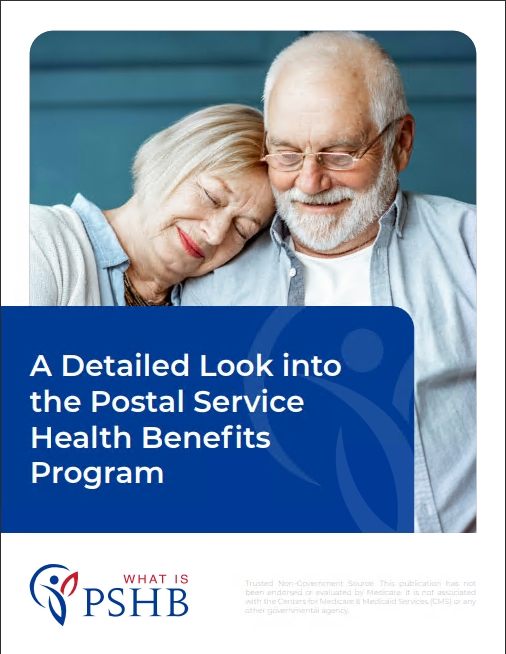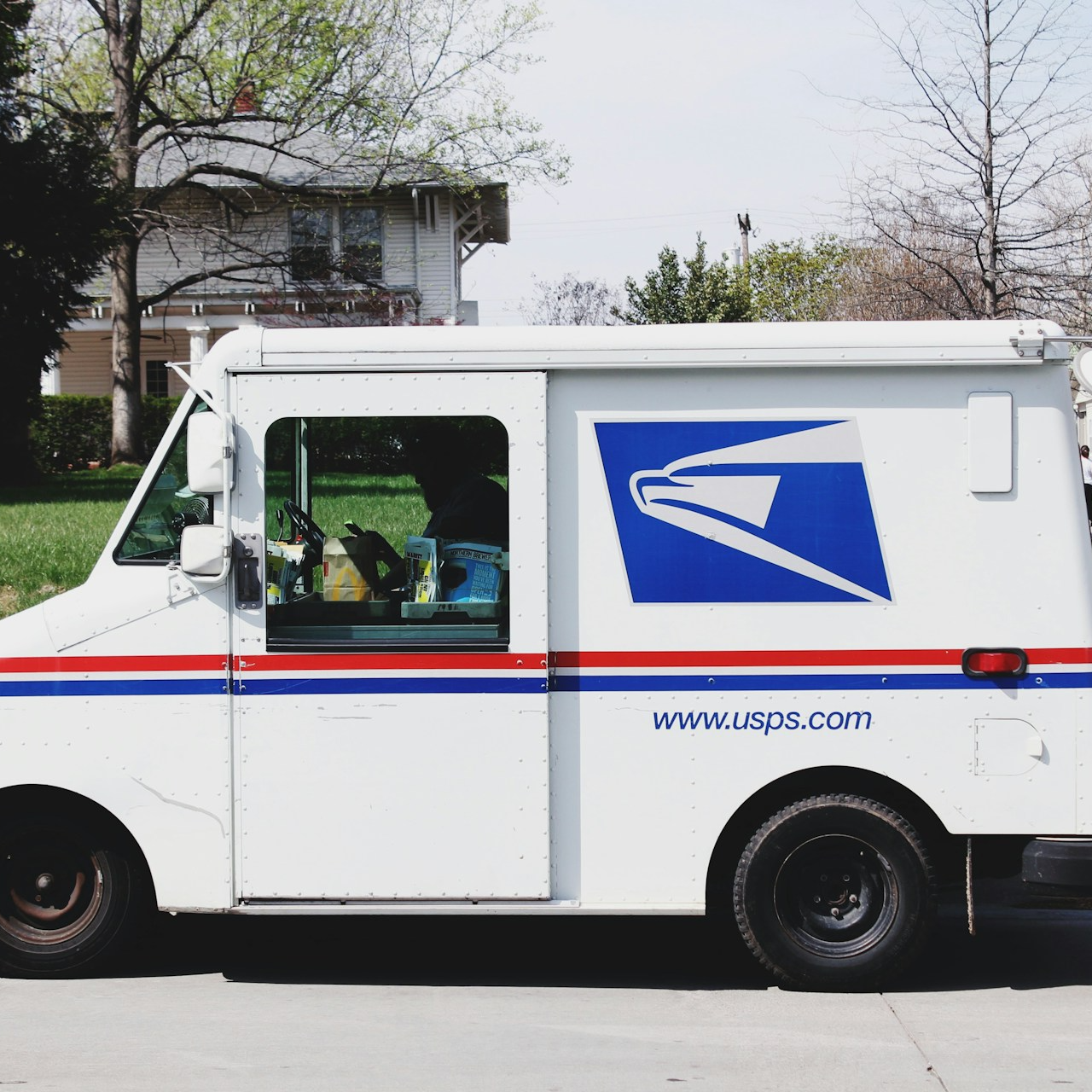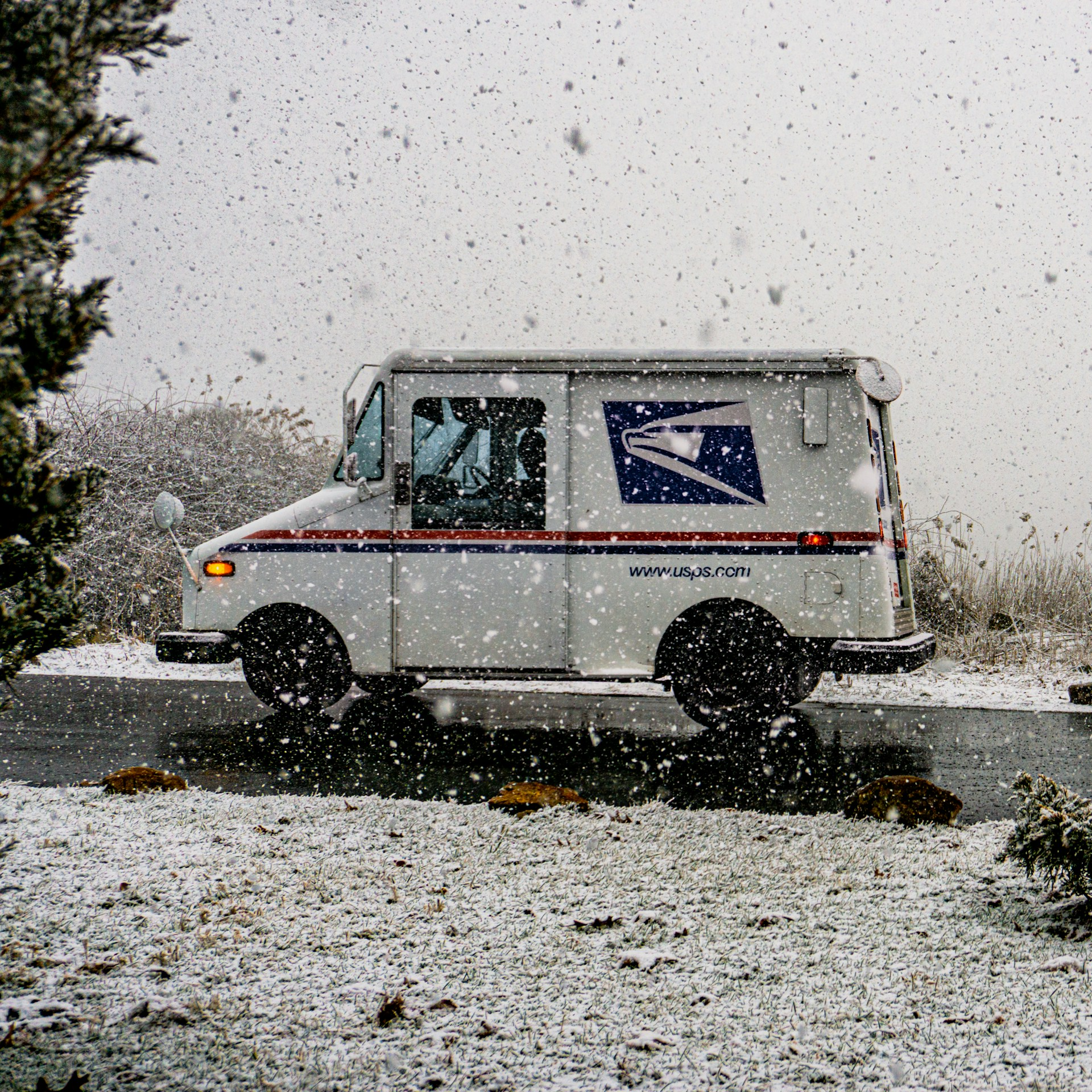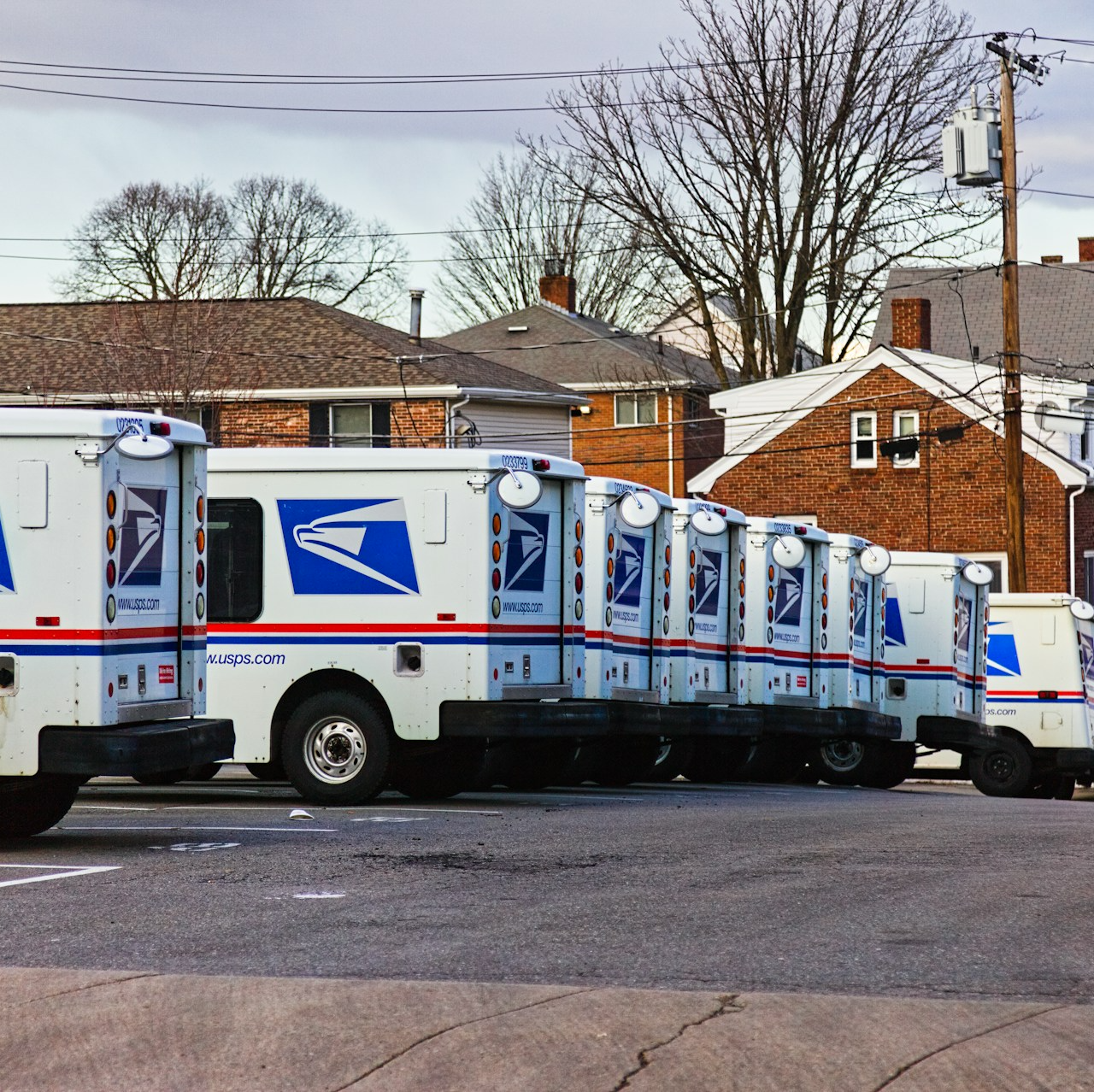Key Takeaways
-
In 2025, USPS employees and retirees are officially transitioned to the Postal Service Health Benefits (PSHB) Program, replacing their prior coverage under the Federal Employees Health Benefits (FEHB) Program.
-
Understanding how the PSHB differs from FEHB in terms of eligibility, costs, Medicare integration, and plan options will help you make smart choices during Open Season and beyond.
Welcome to a New Era of USPS Health Coverage
If you’re a United States Postal Service employee or retiree, 2025 marks a major shift in your healthcare benefits. The Postal Service Health Benefits (PSHB) Program is now in full effect, replacing FEHB for eligible USPS workers and annuitants. Whether you’re still on the job or already retired, you’re likely wondering: “What does this mean for me?”
The good news is you’re not starting from scratch. While the switch brings changes, it also opens up opportunities—especially if you’re Medicare-eligible. Let’s break it all down.
Why the Switch Happened in the First Place
Congress passed the Postal Service Reform Act in 2022 with a goal to improve the financial health of USPS. One major piece of that puzzle was creating a separate health benefits system specifically for postal workers. By 2025, that vision has fully rolled out, with PSHB replacing FEHB for USPS employees and annuitants.
Here’s why the transition matters:
-
It separates postal healthcare costs from the broader federal system
-
It creates more tailored plans for USPS-specific needs
-
It aligns retiree healthcare more closely with Medicare
Who’s Affected by the Change?
You’re in the PSHB group if you are:
-
A current USPS employee
-
A USPS retiree or annuitant
-
A family member covered under a USPS plan
But not everyone is treated the same. If you’re a USPS annuitant who retired on or before January 1, 2025, and you’re not already enrolled in Medicare Part B, you’re exempt from the Part B enrollment requirement. On the other hand, if you’re retiring after 2025, you must enroll in Medicare Part B once eligible to keep your PSHB coverage.
What Stays the Same?
Let’s start with the comforting stuff. Here are some aspects that don’t change between FEHB and PSHB:
-
You’ll still get government contributions toward your premiums (roughly 70% of total cost)
-
Plans will continue to include coverage for medical, hospital, and prescription services
-
You’ll have an Open Season each year from November to December to make changes
-
Dependents such as spouses and children are still eligible for coverage
That said, the shift to PSHB also introduces a few big differences worth your attention.
Key Differences Between PSHB and FEHB
Medicare Enrollment is Now Essential
Under PSHB, Medicare-eligible retirees must enroll in Medicare Part B to keep full coverage, unless they meet a limited exemption. FEHB never required that. This change is meant to reduce costs by making Medicare the primary payer for retirees.
If you’re already on Medicare, the transition is smoother. In fact, many PSHB plans offer:
-
Lower deductibles for Medicare enrollees
-
Reduced copayments
-
Out-of-pocket maximums that work better with Medicare
Separate Program, Separate Plan Options
You won’t be choosing from the same exact menu as other federal employees. PSHB plans are specifically tailored for USPS workers and retirees. That means:
-
Some plans in FEHB may not exist in PSHB
-
Some new PSHB-specific plans are now available
-
Coverage and provider networks may vary
So don’t assume your old plan carried over—double check during Open Season.
Prescription Drug Coverage Has Changed Too
If you’re Medicare-eligible, your PSHB plan will include an Employer Group Waiver Plan (EGWP) for prescription drugs. This replaces the standalone drug coverage under FEHB. Once you enroll in Medicare Part B, you’re automatically enrolled in the EGWP component.
What’s different?
-
There’s now a $2,000 out-of-pocket cap on prescription drugs under Medicare Part D for 2025
-
Monthly costs can be spread out throughout the year using the Medicare Prescription Payment Plan
Plan Costs Are Structured Differently
Your share of premiums in PSHB can differ from what you paid in FEHB, even for similar levels of coverage. While the government still picks up most of the cost, here’s what’s shifting:
-
Biweekly and monthly contributions may look different
-
Coinsurance and copayment amounts can vary by plan
-
Some plans offer extra savings when coordinated with Medicare Part B
What You Need to Do During Open Season
The Open Season period from November to December is your time to:
-
Review your current coverage
-
Compare PSHB plan options
-
Enroll in or switch to the plan that fits your needs best
If you do nothing and you’re already enrolled in FEHB through USPS, you’ll be automatically transitioned to a comparable PSHB plan. But don’t leave it to chance—plans aren’t identical.
Tips for Making the Best Choice
-
Check Medicare eligibility: If you’re turning 65 or already enrolled, understand how Medicare integrates with PSHB
-
Review cost-sharing features: Look at deductibles, coinsurance, and out-of-pocket limits
-
Verify provider networks: Ensure your doctors and facilities are in-network
-
Explore extra benefits: Some PSHB plans may offer wellness or hearing/vision perks
What Happens If You Miss Open Season?
Once Open Season ends, you can only make changes under special circumstances—like a family status change or loss of coverage. That’s why reviewing your options during the designated period is so critical. If you’re retired, changes will take effect in January. If you’re still working, changes kick in with the new plan year.
What Retirees Need to Watch Out For
As a retiree, you have more pieces to manage, especially if you’re near Medicare age. Here’s what you should be thinking about in 2025:
-
Medicare Part B enrollment: You’ll need to enroll unless you qualify for an exemption
-
Understanding your EGWP: Your new prescription plan under Medicare may have different formularies and copays
-
Budgeting your costs: Premiums, deductibles, and out-of-pocket limits can vary
-
Verifying automatic transitions: Make sure your plan aligns with your medical needs
Still Working for USPS? Here’s What to Know
Even if you’re years from retirement, the PSHB switch affects your long-term planning:
-
Your health coverage is now tied to PSHB, not FEHB
-
When you retire, you’ll be subject to the Medicare Part B requirement
-
Planning ahead can help you avoid late enrollment penalties
-
HSA compatibility may differ between PSHB plans, so double check if you use one
Understanding Medicare Part B Requirements
If you’re wondering whether you need to enroll in Medicare Part B, here’s the short answer: most likely yes. Here’s when it applies:
-
You’re retired and turning 65 after 2024
-
You want to keep your PSHB coverage active
Exemptions apply if:
-
You retired on or before January 1, 2025 and aren’t already enrolled in Part B
-
You’re not Medicare-eligible yet
The integration is designed to work in your favor, with lower cost-sharing in many cases. But failure to enroll could mean losing your PSHB eligibility down the line.
Cost Considerations to Keep in Mind
While PSHB plans still receive a government contribution, you’ll notice some cost shifts:
-
Premiums may be slightly higher or lower than what you paid under FEHB
-
Deductibles and coinsurance vary widely between plans
-
Out-of-pocket maximums are capped, especially when paired with Medicare
-
Copays can range depending on whether you use in-network or out-of-network providers
Make sure to look beyond premiums—your total cost depends on how often you use your benefits.
A New System, But One You Can Navigate
Yes, PSHB is new. Yes, it’s different from FEHB. But with a little attention to timing, Medicare rules, and plan comparisons, you can make this work for you. You’re not losing coverage—you’re gaining access to USPS-specific benefits tailored to your needs, especially in retirement.
Take the time to explore the PSHB system thoroughly. Whether you’re still delivering mail or enjoying your retirement, your healthcare decisions in 2025 matter.
Ready to Take the Next Step?
Sorting through healthcare changes can feel overwhelming, but you don’t have to do it alone. If you’re unsure about Medicare requirements, plan costs, or which PSHB option fits best—reach out to a licensed agent listed on this website for professional guidance.












